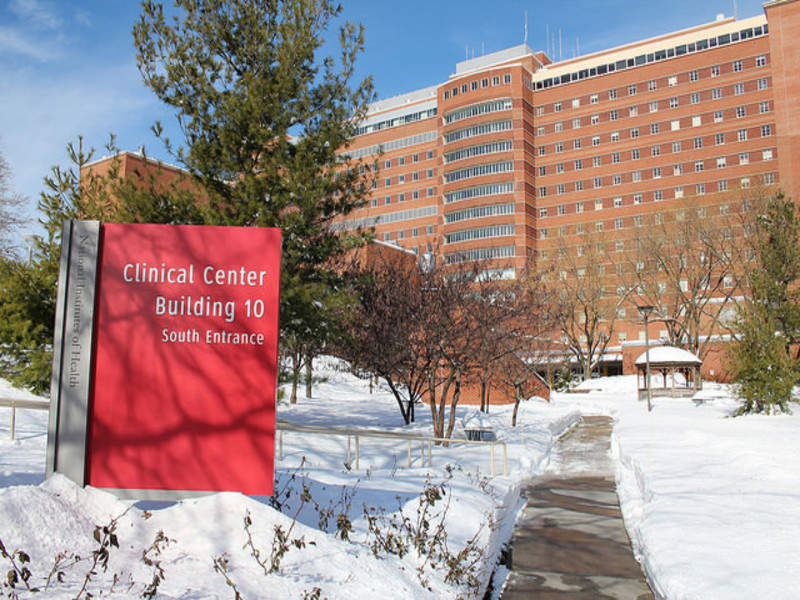

The National Institutes of Health (NIH) in the US has begun the Phase I clinical trial (VRC 317) of an investigational vaccine DS-Cav1 for the treatment of respiratory syncytial virus (RSV).
Developed by the NIH's division National Institute of Allergy and Infectious Diseases (NIAID), DS-Cav1 is a single, structurally engineered protein from the surface of RSV.
The Phase I trial is currently being conducted at the NIH Health Clinical Center in Bethesda, Maryland, and will evaluate the safety and tolerability of the vaccine in addition to examining its ability to induce an immune response in healthy adult participants aged 18-50.
NIAID director Anthony Fauci said: “RSV is underappreciated as a major cause of illness and death, not only in infants and children but also in people with weakened immune systems and the elderly.
“A vaccine to reduce the burden of this important disease is badly needed.”
The trial subjects will be administered with either the investigational vaccine or the investigational vaccine in combination with a chemical compound alum, which reportedly increases body’s immune response.
For a period of 44 weeks after the first injection, the clinicians will conduct physical exams and measure the immune responses produced by analysing blood samples and mucus samples from mouths and noses of the subjects.
A daily safety review of clinical information and a weekly examination of trial safety data will be carried out to ensure that the safety standards are met.
It is estimated that the trial will take one year to complete.
Image: NIH Clinical Center. Photo: courtesy of flickr / NIH.



